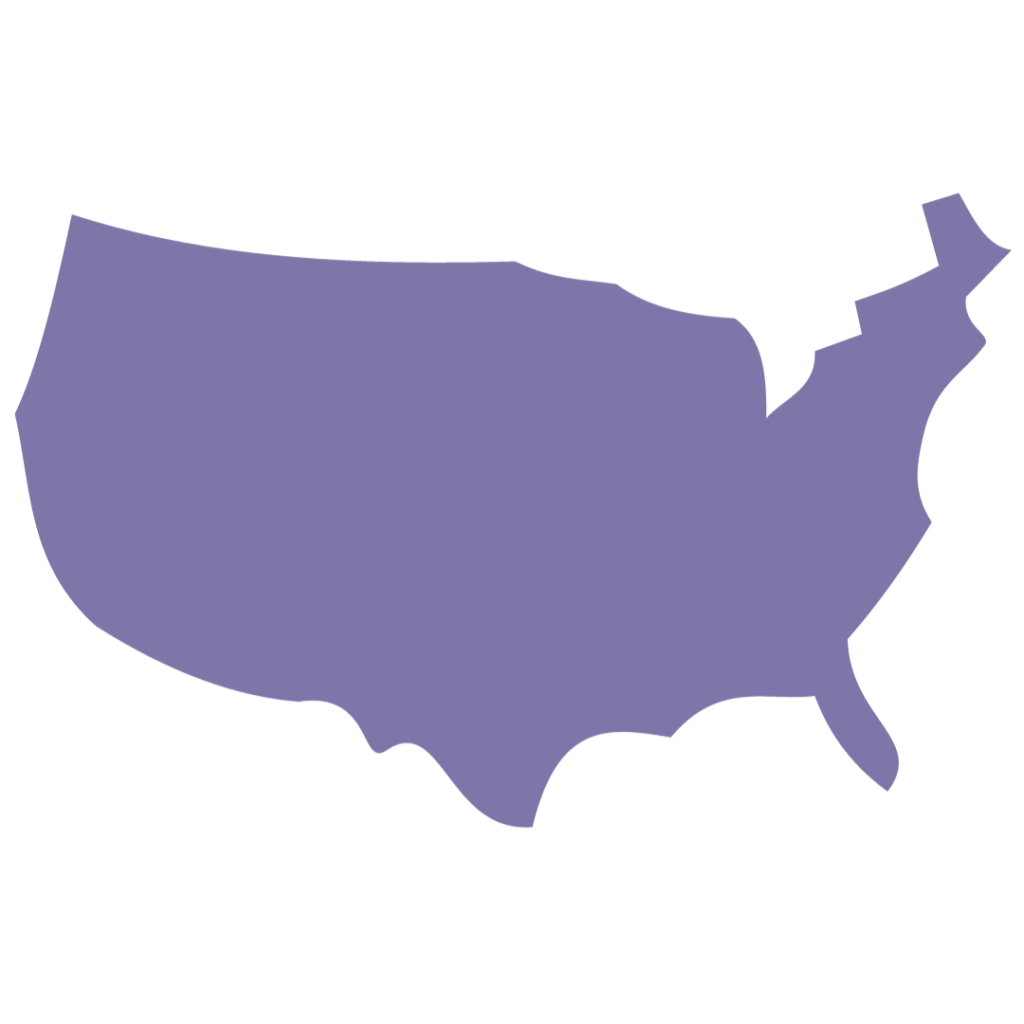ACF Paper Assists State Policymakers in Allocating Resources to Child Care Programs
The COVID-19 pandemic has caused financial strain for many child care providers and early education programs, leading to widespread layoffs and closures. Enlarged operating costs combined with substantial decreases in enrollment have resulted in unsustainable financial positions for an industry that usually works within thin margins. As states continue to plan how to invest federal relief funding, they must consider how best to allocate support to guarantee the stability of programs nationwide.
A paper published by the Administration for Children and Families’ Office of Planning, Research, & Evaluation, “Promoting Sustainability of Child Care Programs during the COVID-19 Pandemic: Considerations For States in Allocating Financial Resources,” offers states guidance for this process. The paper explains how changes in regulations and demand due to the pandemic have affected typical operating costs, evaluates possible implementation problems, and provides other considerations related to implementation.
The Pandemic’s Impact on Costs and Revenues
The primary child care program costs include personnel, facilities, supplies and materials, and administrative costs. The pandemic may increase these costs for various reasons. First, government regulations have reduced maximum group sizes, which requires additional personnel and raises the labor costs of providing care. Further, fixed costs may be spread amongst fewer participants. Providers may also choose to provide staff with hazard pay or hire additional staff to manage new health and safety mandates (temperature checks, etc.), contributing to higher personnel costs. Other COVID-related guidelines generate extra costs for additional cleaning, sanitizing, and personal protective supplies. Intensive cleaning may result in longer hours for staff or shorter operating hours, increasing the cost per hour for sites. Lastly, in keeping with COVID-19 guidelines, some sites may require facility modifications that involve new costs for equipment and installations.
At the same time, the pandemic has affected provider revenue in both the short and long terms. Currently, they are facing massive drops in income stemming from decreased enrollment, which means less tuition and fees paid by families and fewer per-child government subsidies. Programs may receive relief to sustain operations from state disbursements of federal stabilization funding, however, long-term revenue sources, such as state and local funding, may also be impacted due to worsening economic conditions leading to reduced government budgets.
Implementation Issues
As states seek to best support child care providers, the paper encourages them to incorporate data to understand how site operations have changed and the impacts on parents’ access to care. The paper notes this data, including accurate, current program cost data and data about families’ use of child care, may be limited. Various sources can provide information about programs’ costs (existing administrative data, provider surveys, cost modeling tools/calculators, and funding applications); however, each source is incomplete in the material they deliver. Data about family need can be drawn from family surveys, census data, and child care registration patterns.
Future Considerations
In distributing funds to child care programs, the authors suggest identifying funding priorities and goals and provide various potential targets for state aid and concerns around each objective. For example, states could focus funding on families with the most need; however, doing so requires information regarding families’ financial circumstances and plans to use child care. An alternate goal could be aiding providers, whether that be providers who are closed but able to reopen or currently open sites that are most likely to close. Communicating clear goals for funding and program populations to prioritize enables states to determine if funding achieved its specific purpose. Moreover, the paper delivers principles to attend to when implementing resources. These include equity, transparency, timeliness, burden on applicants and recipients, flexibility, and impact.
Finally, the paper outlines mechanisms for distributing funds through changes to the Child Care and Development Fund (CCDF), mechanisms not linked to CCDF, the likely impact of those approaches, and ways to incentivize quality when allocating funding to programs. For example, modifying CCDF to waive or cover family copayments would directly aid families in affording care. Further, it would indirectly help providers as more families could enroll in or continue to use care. Another strategy not directly linked to CCDF is utilizing grant programs to support reopening. As a result, providers would be able to cover the costs of reopening, and there would be an increase in available supply for families.
Conclusion
Stabilizing child care following COVID-19 necessitates the contemplation of many dynamic factors, but it is crucial as child care is essential to economic recovery. The paper’s explanation of how typical costs and revenues have been impacted by COVID-19 and recommendations for equitably implementing support to child care programs is a helpful guide for states’ decisionmaking around how to invest federal relief funds and ensure the stability of programs across the country. The full paper is available on the OPRE website.
Subscribe to FFYF First Look
Every morning, FFYF reports on the latest child care & early learning news from across the country. Subscribe and take 5 minutes to know what's happening in early childhood education.



